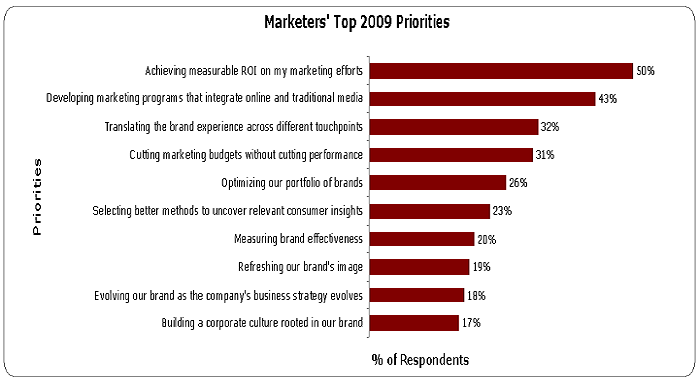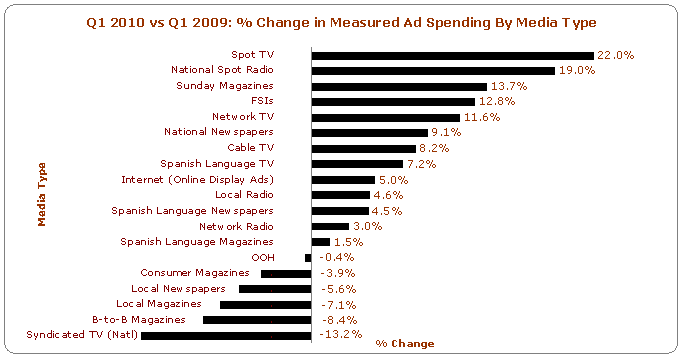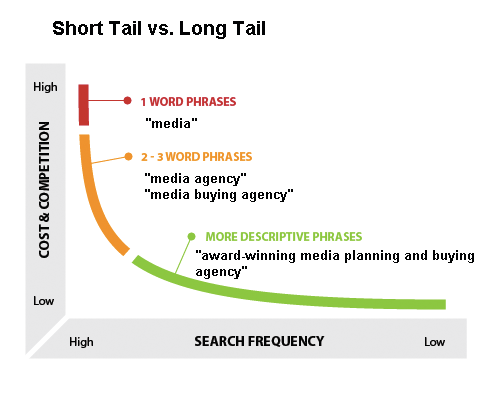Based on the study conducted by Jupiter Research and Verse Group, marketers believe that the current economic crisis is accelerating their need to find new ways to position their brands across multiple delivery platforms. This represents a challenge because 89% of marketers say their marketing efforts are under greater executive scrutiny due to the suffering economy.
To meet these priorities, marketers should:
- Quantify and measure the value of marketing programs and investments. Set clear performance targets and measurement methods and employ marketing mix models that link programs to targeted customer behaviors and corporate performance.
- Build an integrated and complete view of their customers and prospects and take time to truly understand them. This includes developing a dedicated marketing database with complete customer interaction history, supplemental data indicating future behavior, as well as demographic and psychographic data. Using this data to flush out clusters drastically improves the success of marketing campaigns.
- Anticipate customer needs. Stay ahead of the curve on trends and developments that are shaping customer choices and make an extra effort to collaborate with customers. One way to do this is by monitoring and engaging in blogging and other social media.
- Add value to marketing messages. One estimate puts the number of marketing messages a typical US consumer sees per day at 3-5,000. As a result, customers are tuning marketing communications out and demanding control over who can market to them.
- Move beyond “spray and pray” marketing. Replace the same message sent to all customers and the same media delivering the message with customized media plans and messages tailored to different customer segments.
- Implement centralized rules but decentralize decision-making. This entails developing broad rules centrally for universal use at touchpoints with customers and interpreting them locally using all contextual information available. The touchpoint, the local context, how the rules were adapted and the results are fed back to the center for analysis and rule evolution. The whole model continuously evolves as the environment in which it operates changes.
With the current economic turmoil and explosion in marketing touchpoints – many of which are outside of a marketers’ control – studying the current structure of the organization, the strength of their marketing assets and the behavior of their customers is becoming increasingly more important.
What are your organization’s top marketing priorities this year? Share your challenges and we’ll share potential solutions.
- Really nice design and good subject material, very little else we require :D.
- This specific genuinely solved my dilemma, many thanks!
- love it thanks





